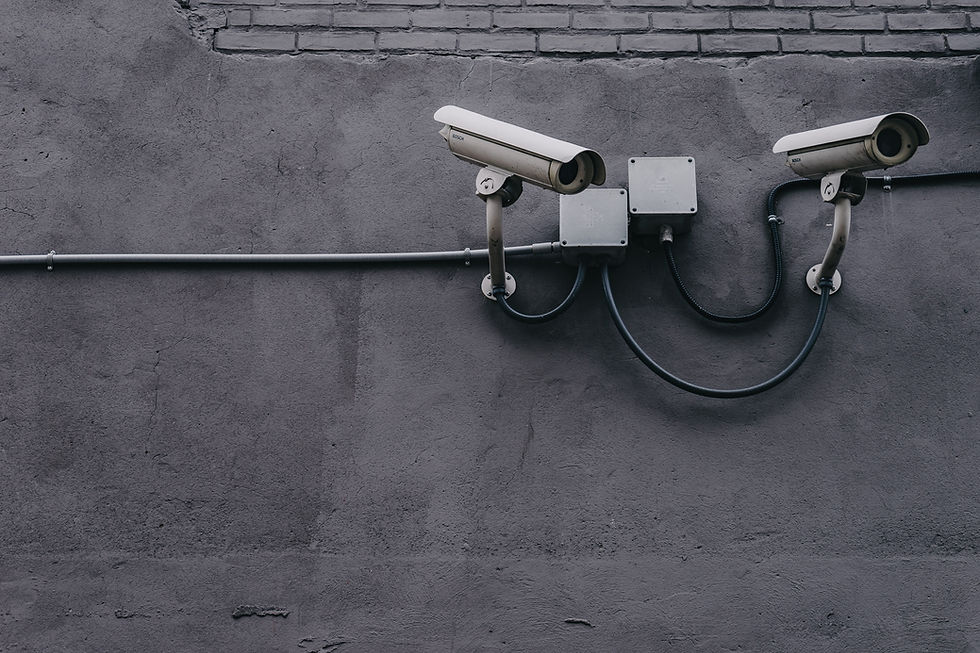Zero-Knowledge Proof: The Cryptographic Magic Trick
- arda doğantemur
- May 9, 2023
- 3 min read
Updated: Jun 12, 2024

In the movie "The Prestige", Michael Caine's character tells us that every magic trick has three acts. First, there's the pledge, where the magician shows us something ordinary, like a bird or a coin. Then, there's the turn, where the magician takes the ordinary something and does something extraordinary with it, like making it disappear. But every magic trick has a third act, the hardest part, the part we call "The Prestige". In this final act, the magician brings the bird or the coin back, seemingly out of thin air.
Zero-knowledge proof (ZKP for short) is like a magic trick with a deck of cards. It's a cryptographic technique that allows you to prove something to someone else without revealing any additional information about it. But the secret sauce of ZKP lies in the generation of the proof itself - that's the Prestige.
Here's an example: Let's say that I have a deck of cards and I want to prove to you that the card you picked is red, but I don't want to look at the card itself. With zero-knowledge proof, I could give you a series of clues that prove the card is red without actually revealing the card itself. But the real magic of ZKP lies in the generation of those clues.
The process of generating a zero-knowledge proof is complex and mathematically intensive. It involves using a series of algorithms to generate a proof that a statement is true, without revealing any additional information about the statement itself. Think of it like the magician's Prestige - the final act that makes the magic trick truly remarkable.
So how does this work with a deck of cards? Let's say you pick a card from the deck and I want to prove to you that it's red. One way to do this is by showing you all the black cards in the deck, without actually revealing the card you picked. If your card is red, then there should be 26 black cards in the deck. Therefore, I can prove to you that you picked a red card without actually revealing which card it is.
In the world of technology, zero-knowledge proof is becoming increasingly popular for privacy-focused applications like cryptocurrencies and data sharing. For example, in a blockchain network, zero-knowledge proof can be used to verify transactions without revealing sensitive information like the sender's identity or the amount being sent. It's like the magician's Prestige, where the trick is performed without revealing how it's done.
But generating a zero-knowledge proof isn't easy. It requires a lot of computing power and sophisticated mathematical algorithms. Think of it like the magician's Prestige - the hardest part of the trick that requires a lot of practice and skill to pull off.
In summary, zero-knowledge proof is like a magic trick with a deck of cards. It allows you to prove something without revealing any additional information, but the secret sauce lies in the generation of the proof itself. Just like the magician's Prestige, generating a zero-knowledge proof requires skill, practice, and a lot of hard work. But when it's done right, it's truly magical.
"Now you're looking for the secret. But you won't find it, because, of course, you're not really looking, You don't really want to work it out. You want to be fooled." Cutter, THE PRESTIGE


Comments